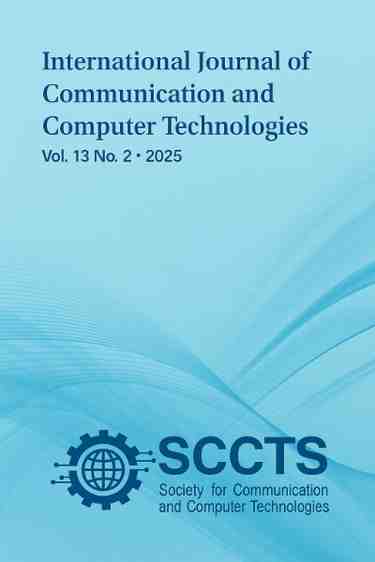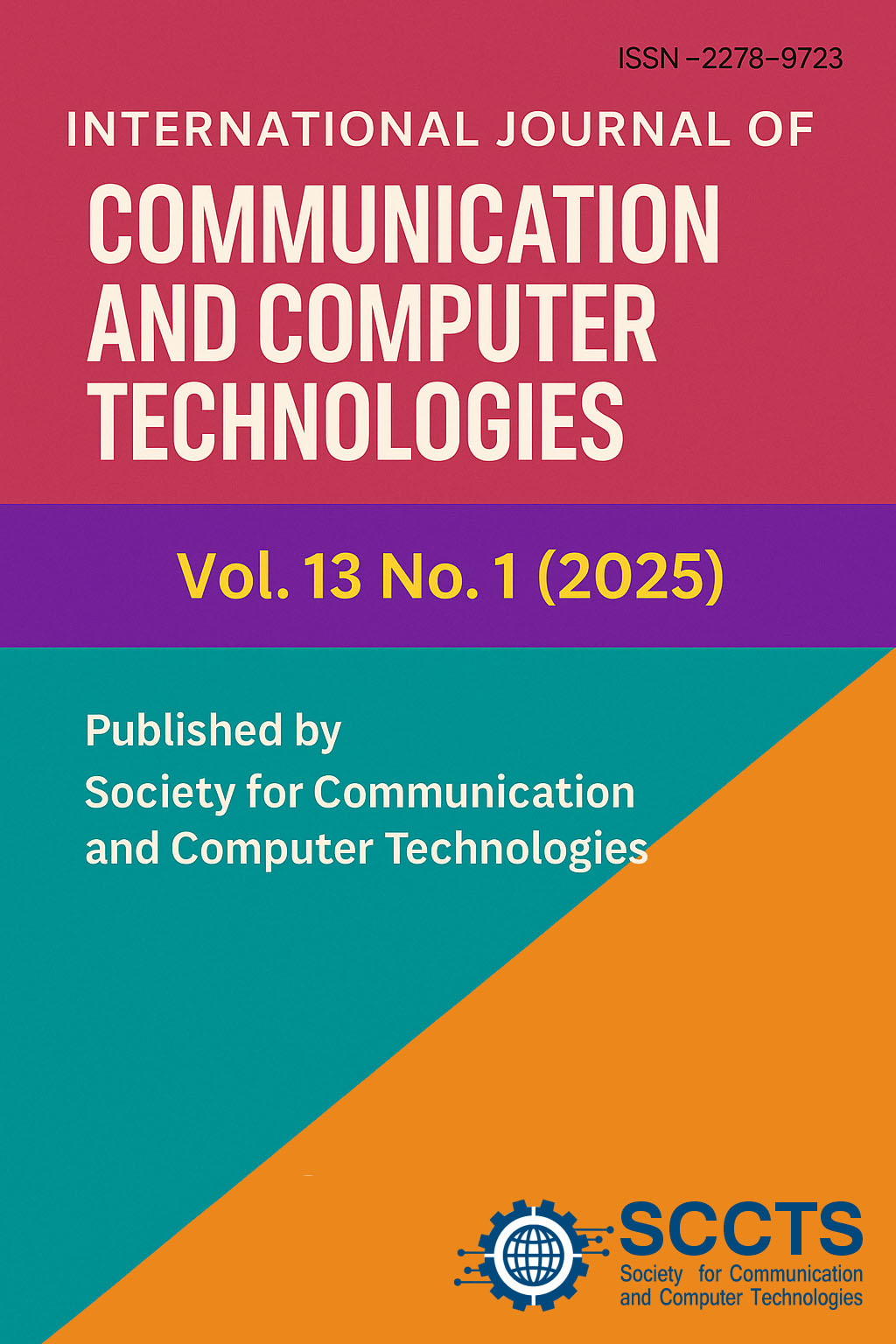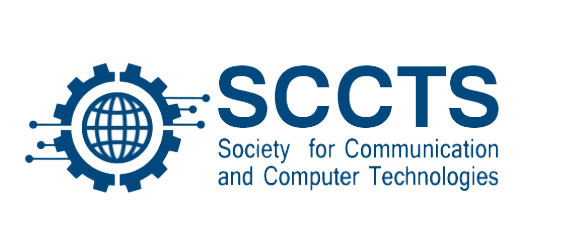A Global Internet Performance Visualization Framework Using Passive Network Telemetry
Keywords:
Internet measurement, network visualization, passive telemetry, latency mapping, performance monitoring, global Internet analyticsAbstract
The increased complexity and physical dispersal of the world-scale Internet ecosystem require new systems of monitoring and visualization of real-time performance indicators. In this paper, a visualization framework that is scalable and adaptive is provided and incorporates passive network telemetry such as latency, throughput, and packet loss at distributed monitoring nodes on a global scale. The framework utilizes a map-based, dynamically rendered interface to display the time-sensitive Internet health measurements of regions enabling stakeholders to realize patterns of congestion, routing anomalies, and transcontinental asymmetries. We examine longitudinal network weather patterns with twelve months of global traceroute and flow-level data to determine the temporal patterns of correlation between geopolitical and geopolitical-connectivity-related events. The model utilizes an edge-cloud hybrid model that uses multi-tier architecture to facilitate data ingestion, extract feature, and render data through the design. Findings reveal that the framework is able to show performance degradation at spatial and temporal resolutions, which improves the Internet observability of network operators and policy researchers. The proposed solution offers a protocol-agnostic base of performance analytics that is capable of supporting massive decision support in world network operations centres and giant Internet exchanges.
Downloads
Published
How to Cite
Issue
Section
License
Copyright (c) 2025 International Journal of communication and computer Technologies

This work is licensed under a Creative Commons Attribution-NonCommercial-ShareAlike 4.0 International License.





 The articles in Worldwide Medicine are open access articles licensed under the terms of the
The articles in Worldwide Medicine are open access articles licensed under the terms of the 